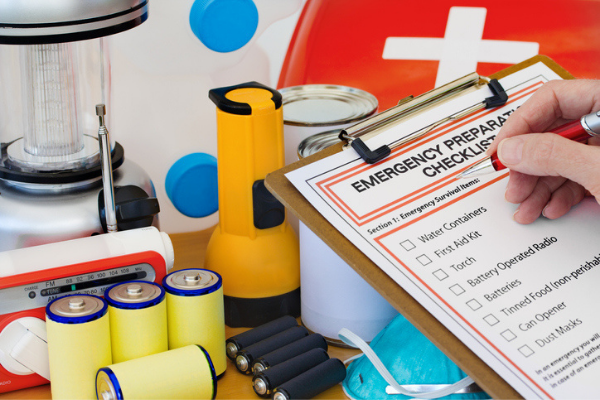
How do we learn about lab safety? Most colleges and universities now include safety in the undergraduate and graduate curricula. Industry and government labs often have safety education programs for new employees. OSHA requires training about a laboratory’s Chemical Hygiene Plan. How do we remember what we have learned about lab safety, and how do we learn about new topics and regulations? Our organizations provide refresher training and new safety information with safety meetings.
Safety meetings are regularly scheduled activities in an organization. There are two major purposes of these meetings. The meetings allow review of standard safety topics including discussions of incidents that may have occurred. Also, safety meetings emphasize to employees that working safely is required and is important to the organization. If you are being paid to participate in safety meetings, then management must view safety education as important to the company’s strategic goals.
Frequency of Meeting and Number of Participants: Monthly meetings are probably the most common frequency in industry. Meetings should not be too long; thirty minutes might be typical with options for more time if needed for a specific topic. Safety meetings may be scheduled together with other meetings, but the safety meeting should be the first meeting. Most organizations have departments or working groups that would be appropriately sized for safety meetings. Groups of 10 to 30 employees allow for optimal participation and sharing of responsibilities for preparing the meetings.
Who conducts the meeting? – Common options would be the group managers or various individuals in the group on a rotating basis. Occasionally, a safety professional can provide a different perspective. Encourage creative and interactive sessions. Share effective meetings with other groups.
Required Attendance: Everyone in the group should be required to attend. Non-technical employees will get some awareness of what kind of work is going on in their building. All will benefit from less technical topics (e.g., slips, trips, and falls) or off-the-job topics. If some employees travel frequently, they can attend another group’s monthly meeting. You will find out who has the best meetings by noting how many visitors a group gets at their safety meeting.
Examples of Specific Safety Topics: Eye Safety and Use of Safety Showers and Eyewash Stations; Safety and Housekeeping Requirements; Fire Extinguishers; SDS (formerly MSDS) Information – Producing a Copy; Personal Protective Equipment; Visitor Safety Training; Waste Pick-Up and Handling; New Chemistry Approval Procedures; Slips, Trips, and Falls; Glassware Safety; Handling Hazardous Chemicals, Hood Use, and Designated Areas; Labeling and Transportation of Chemicals; Emergency Response, Evacuation Procedure; Electrical Safety.
Copyright 2020 American Chemical Society (All Rights Reserved)







